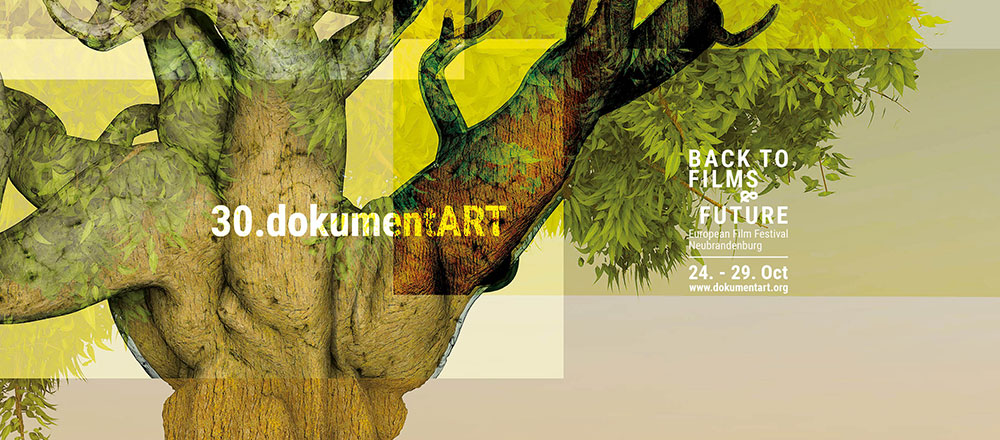
Russia, 2020, 38 Minutes
What does a landscape of salt lakes look like? Its strangely idyllic quality is the stuff of utopian fantasy. In the mountainous Altai region, on the border of Kazakhstan: sun-blasted steppe as far as the eye can see. Heat and wind. Not too long ago, caravans of camels traipsed through the oppressive mist. Their commodity? Salt. They have since been replaced by trains on tracks that travel directly to the salt lake. The water is crimson. The good wagons contain the same salt as before. Nature, ecology, industry, human beings: How do they all influence each another?
Im Altai-Territorium, an der Grenze zu Kasachstan – endlose Steppe, verbrannt von der Sonne. Hitze und Wind. Vor gar nicht lang zurückliegender Zeit liefen hier im schwülen Dunst Reihen von Kamelen. Sie trugen Salz. An ihrer Stelle fahren jetzt Züge über die Bahngleise, die direkt in den See führen. Das Wasser ist purpurrot. Und in den Waggons ist immer noch das gleiche Salz. Wie beeinflussen sie sich gegenseitig – die Natur, die Ökologie, die Industrie und die Menschen?
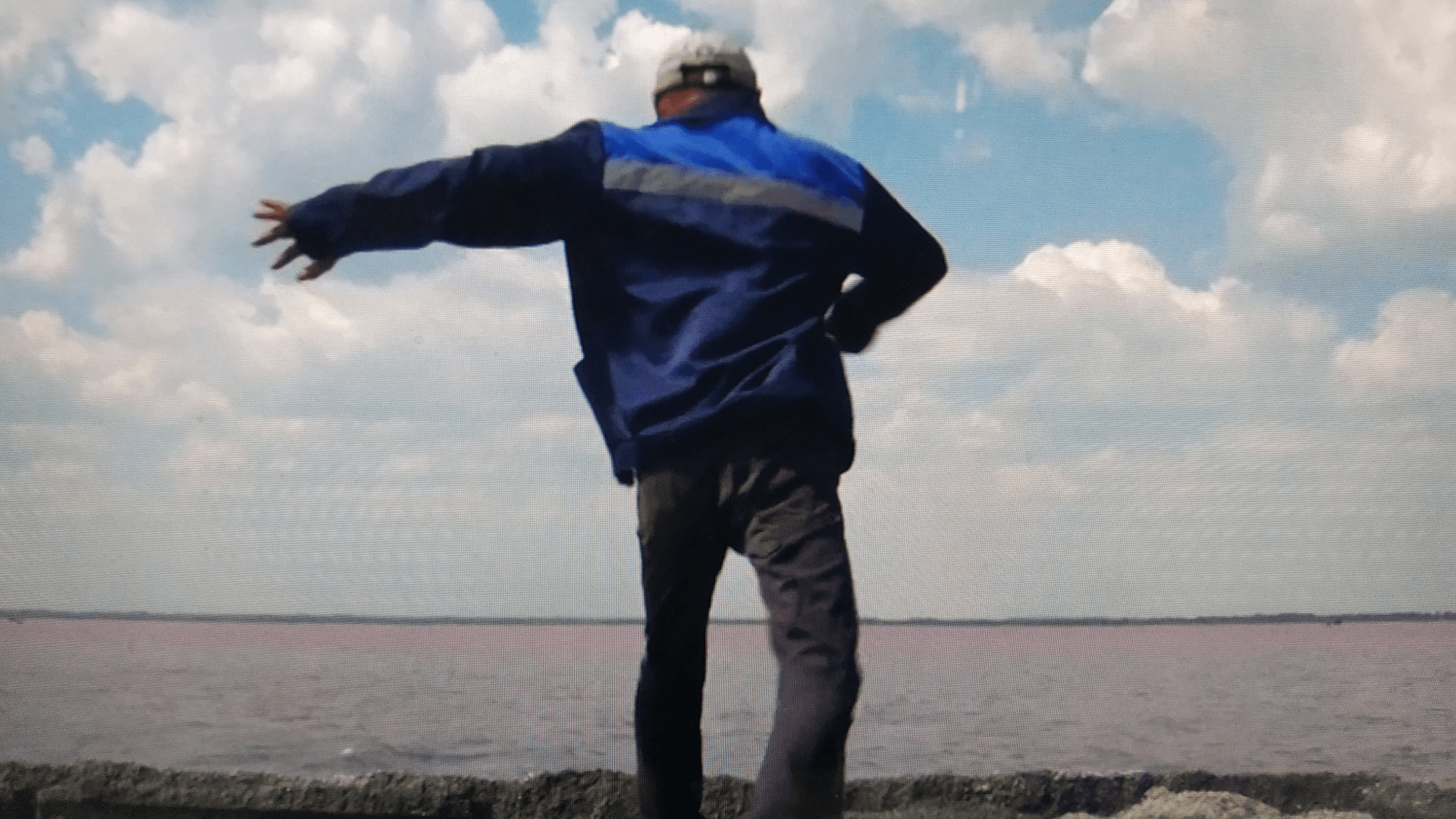
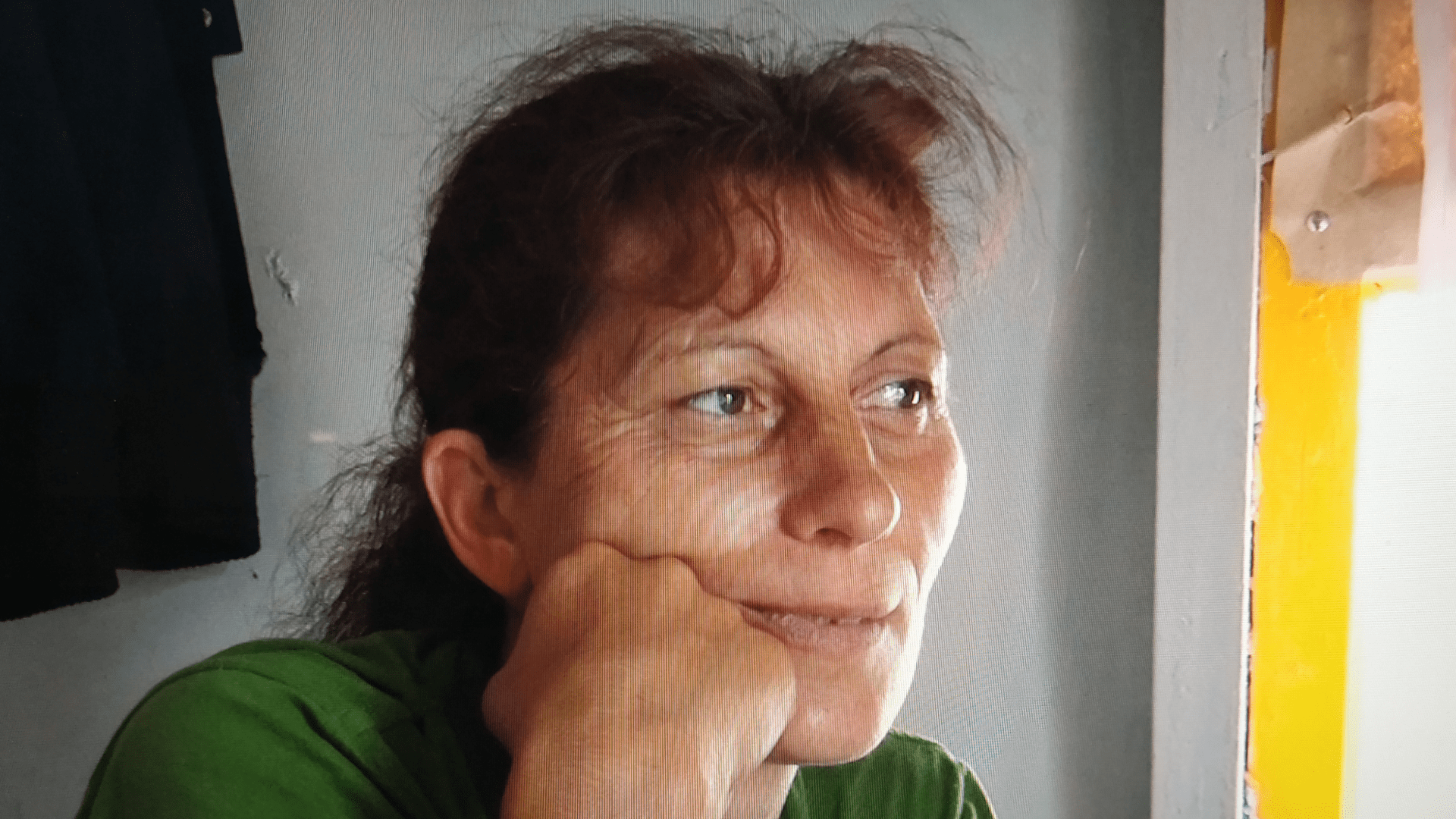
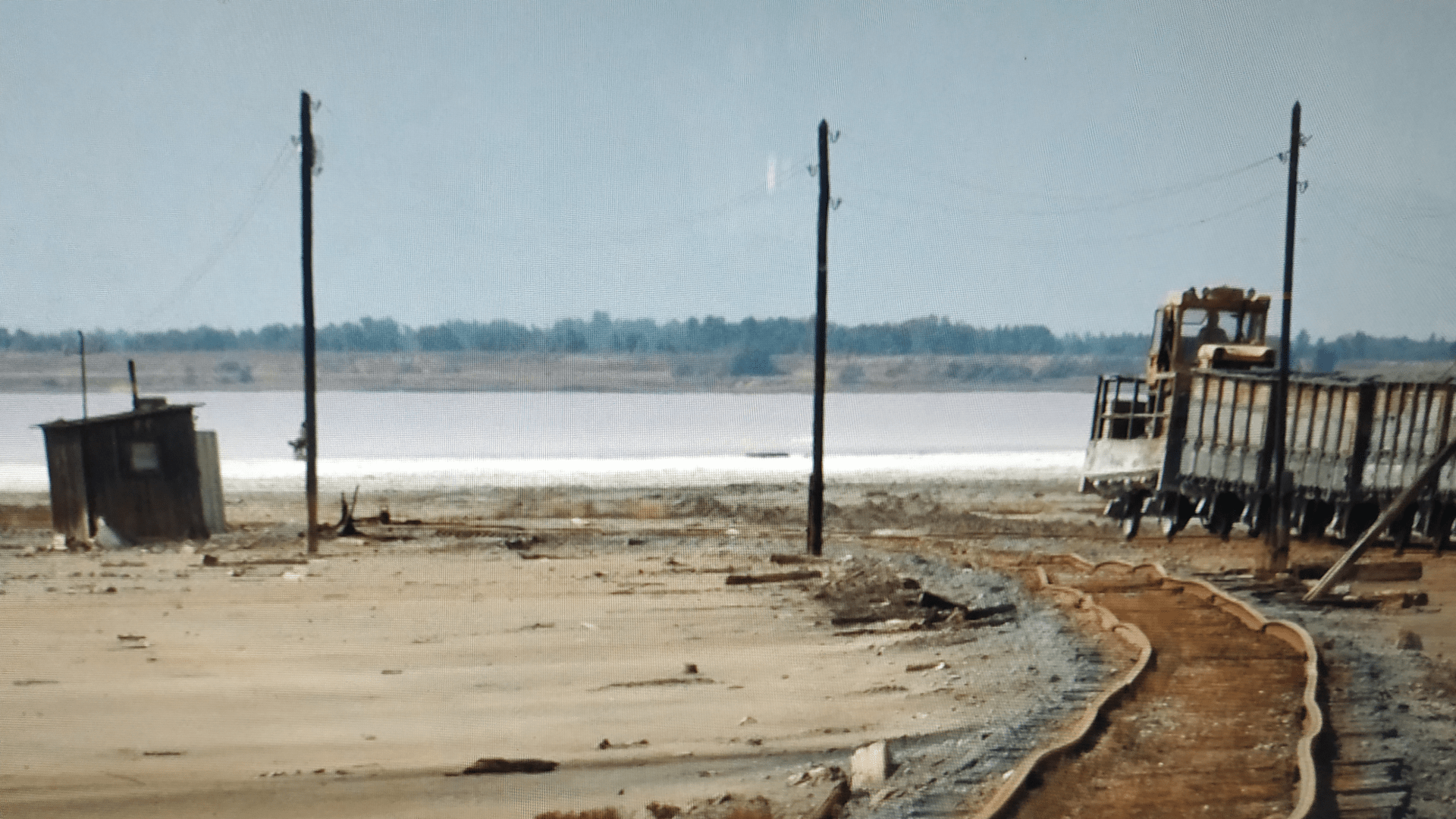
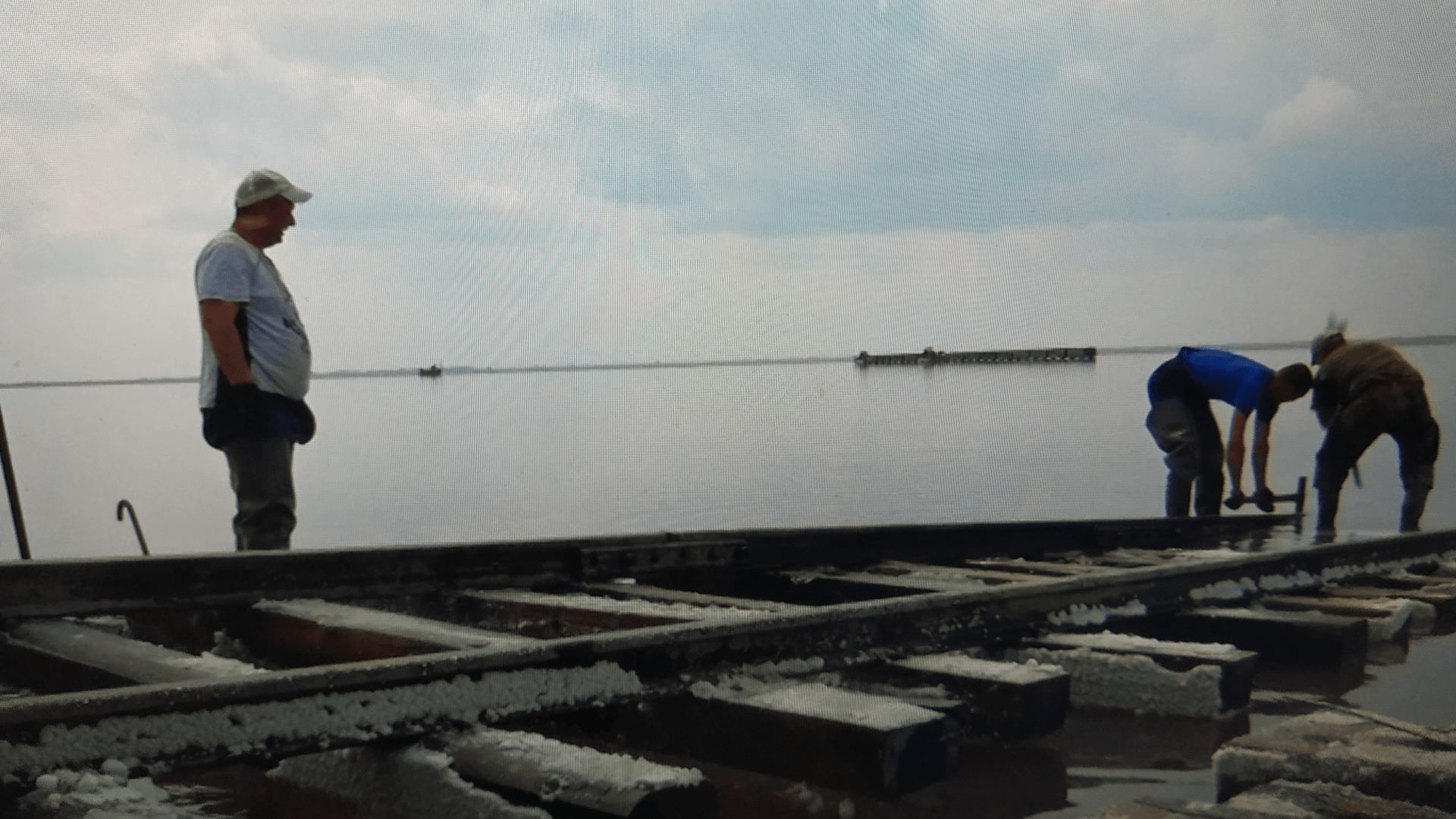
(*02 .12 .1955, Perm). After studying at the Institute of Cinematography (VGIK) until 1985, he was the director of the East Siberian newsreel studio from 1985-1991 in Irkutsk.
He has directed the film studio Asia-Film since 1994, and currently lives in Novosibirsk.
(*02 .12 .1955, Perm). Studium am Institut für Kinematographie (VGIK) bis 1985. Direktor des Ostsibirischen Wochenschau- Studios 1985-1991, Irkutsk. Regisseur des Filmstudios Asia-Film seit 1994. Lebt in Nowosibirsk.
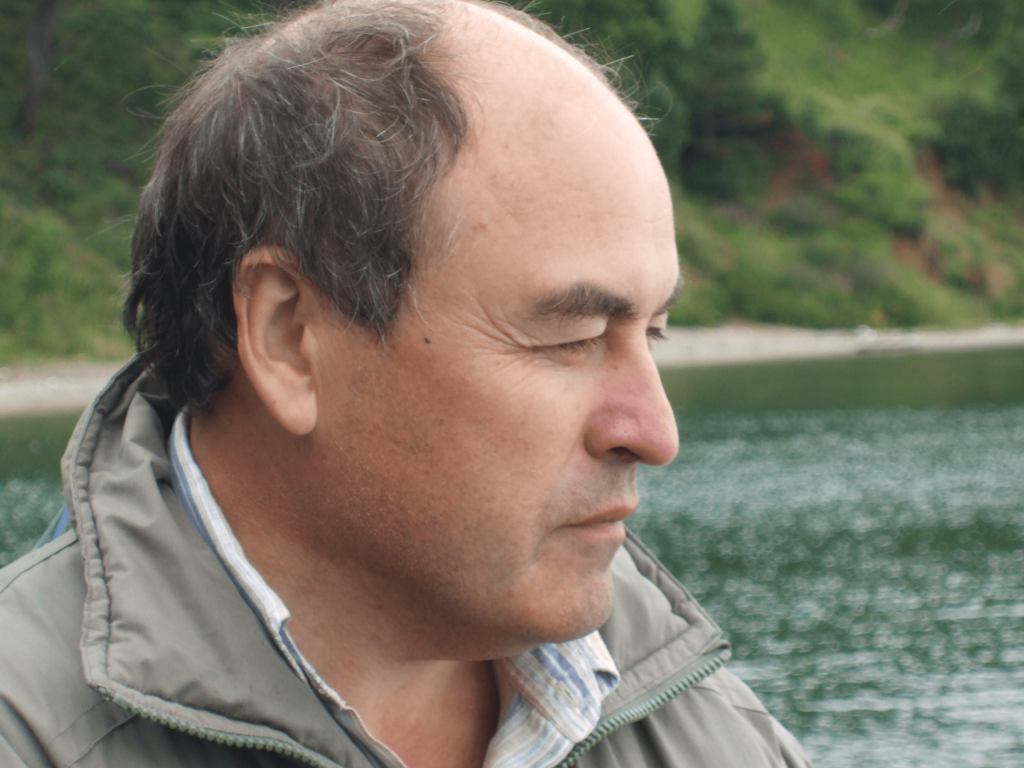
Director
Vladimir Eysner